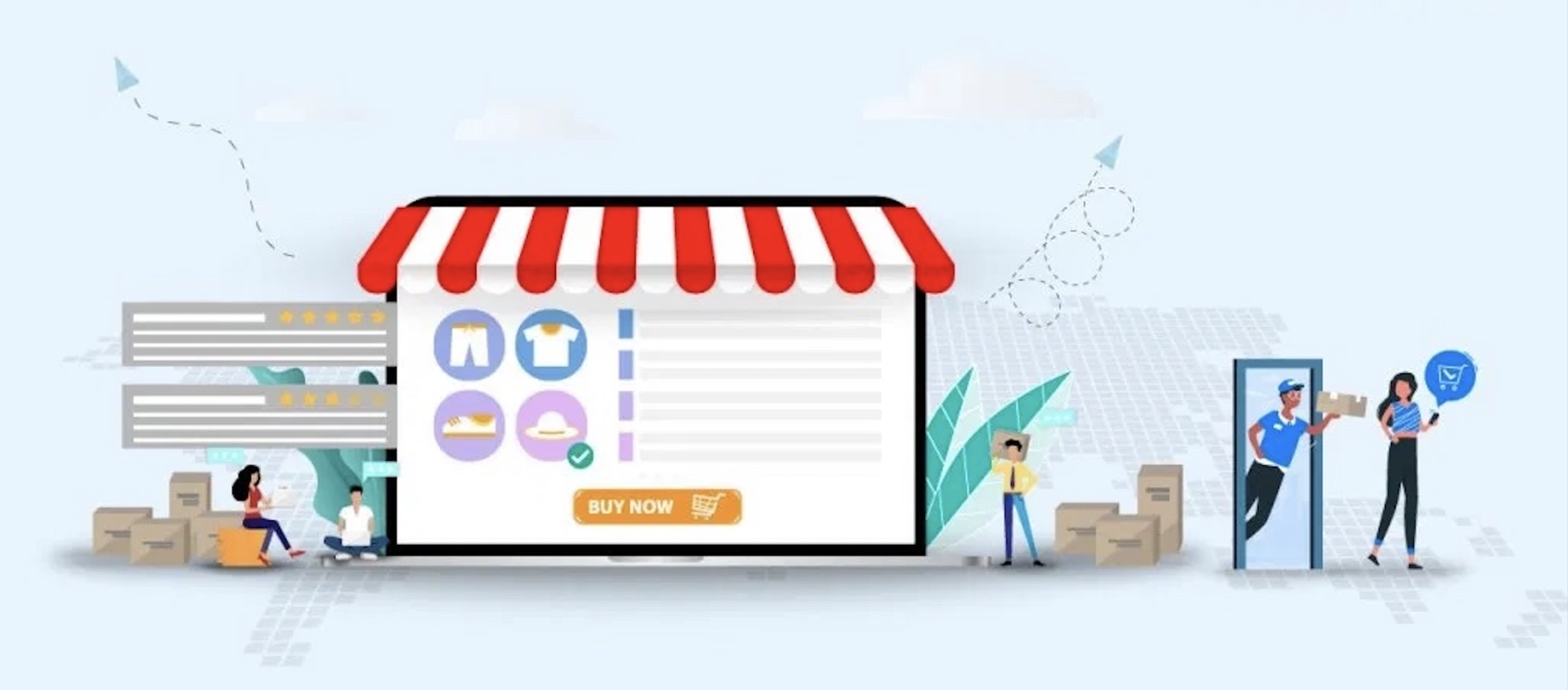While the broader industry outlook remains uncertain, one thing is clear: Digitally native and traditional brands will need to continue adapting to evolve in the year ahead. 2020 upended nearly every aspect of the retail industry from channels, to distribution, and even supply.
Manufacturers, however, who are able to sell online were uniquely positioned to weather the disruptions, but we are increasingly seeing the need for physical retail to improve the overall customer experience and continued online sales growth. Online only faced struggles of its own in 2020, from supply constraints to shipping delays, 4X return rates, forcing brands to make tough decisions like furloughing and laying off employees.
Heading into 2021, DTC brands will continue to navigate pandemic-induced headwinds that will ultimately shape the space in the long term. Here are some trends we’ve highlighted
1) Digitally Native Brands See Value in Physical Retail
DTC brands planted their seeds online, and in some cases, swore off physical retail. But over the years, these brands realized that in order to scale their businesses and succeed in the industry, they need to enter brick and mortar in some capacity. Whether it be opening their own stores, which is expensive and difficult to execute, or partner with existing brick and mortar wholesale accounts.
2) Forging Deeper Relationships with Wholesale Accounts
For most brands forging partnerships with traditional retailers in physical retail to improve the customer experience and delivery of product. Among those DTCs that have jumped into physical retail, several adopted a showroom model in which they don’t sell merchandise in-store, but offer consumers the opportunity to touch and feel a product before going online to purchase. Finding a way to compensate in market merchants for online orders is increasing important both from a marketing and customer acquisition cost perspective but also to continue to sustain growth and have meaning to customers.
3) Buy Online Pickup in Store (BOPIS)
Buy Online Pick Up In Store was on fire in 2020, growing approximately 173% this past year. This trend of being able to pick up merchandise quickly, with no freight, is the future of commerce. Now imagine if you had shopable warehouses like this all over the country in every major urban market. By partner online with your retailers, you can offer this from your online store making both your consumers and dealers happy in the process.
4) Consumers Want to Support Local Economy
One of the most exciting aspects of the shift in COVID is the movement towards supporting local and keeping money in town. Consumers are waking up to the aspect of not only can they get items quicker with BOPIS, but they can also support their neighborhood economy grow. Main street merchants are the lifeblood of any community and in drab times like the pandemic more consumers are opting for a personal touch of a local establishment. The more you can partner with these local merchants that have meaning in their community the more it will boost your online sales and engagement with local customers.
5) DTC Brands Will Continue to Struggle with Profitability
As more online companies begin trading publicly we are being offered a glimpse into their finances. We all thought these companies were fast growing and profitable, but holes are being poked in their model and they may never reach sustainability.
Until the second quarter of 2020, Wayfair consistently posted net losses since its public debut in 2014, while at the same time it reported mounting advertising costs. The retailer in fiscal year 2019 posted a nearly $1 billion net loss — an increase of more than 95% year over year — while its advertising costs in the period reached $1.1 billion. Online retailers Chewy and Casper have faced similar scaling issues.
Media costs came down during the pandemic, providing some relief to these brands, but the solution is temporary and brands need to continue to look for ways to mitigate the high costs of acquiring customers online only. In order to eventually turn a profit, online only brands will need to continue finding solutions to attract consumers — whether it’s opening brick-and-mortar stores or forging partnerships with wholesale accounts — and bring marketing costs down.
6) Large Online Retailers Expand Private Labels
Many large online merchants like Wayfair and Amazon are becoming quite savvy of determining their top sellers and customer preferences. As they struggle for profitability as mentioned in trend #5, many of these marketplaces will also look to vendor margins as an untapped opportunity to bait and switch customers. In an effort to reach sustainability we anticipate more private label brands coming forward from these D2C players to add additional pressure on traditional manufacturers.

